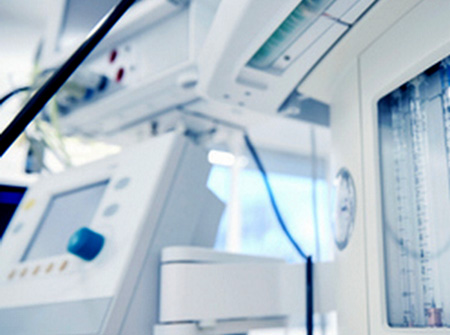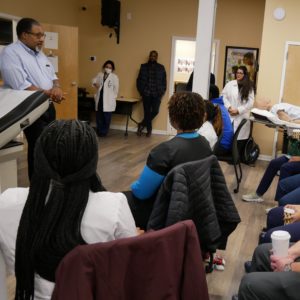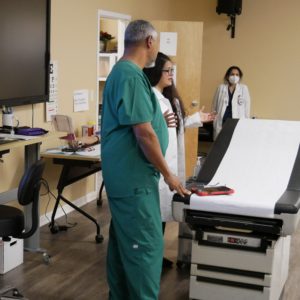Ahmmed Ally, M.D., Ph.D., Professor of Physiology and Clinical Medicine, Oleksii Hliebov, M.D., Ph.D., Professor of Pharmacology and Clinical Medicine, Ms. Isabella Powell, a 4th Semester Medical Student, all from American University of Integrative Sciences (AUIS), School of Medicine in Barbados, and Ms. Minori M. Ally, a Pre-Medical student at the Department of Biomedical Sciences, University of Central Florida, USA have recently submitted a chapter to be published in: “Forum Issue for Antioxidants and Redox Signaling on nNOS”. The Chief Editor of the book is Sun (Coco) Yang, B.Pharm, Ph.D, R.Ph, BCPPS from the Chapman University School of Pharmacy, Irvine, CA, USA and the publishing date will be late 2018. The title of the chapter developed by the AUIS team is “Role of Neuronal Nitric Oxide Synthase (nNOS) on Cardiovascular functions in Physiological and Pathophysiological States.”
In this chapter, the authors describe and summarize the role of neuronal nitric oxide synthase (nNOS) on the central nervous system and the cardiovascular system, particularly on the ventrolateral medulla (VLM) and periaqueductal gray matter (PAG), blood vessels, and the heart that are involved in the regulation and control of the cardiovascular system. Furthermore, the authors also review the functional aspects of nNOS during several physiological, pathophysiological, and clinical conditions such as cerebral vascular accidents, hypertension, pain, and exercise. The functional and physiological roles of nNOS are covered at the beginning of this review chapter. The structure, gene, domain, and regulation of nNOS are also discussed. Both inhibitory and excitatory role of nNOS on the sympathetic autonomic nervous system (SANS) and parasympathetic autonomic nervous system (PANS) as mediated via different neurotransmitters/signal transduction processes are explored in the chapter, particularly its effects on the cardiovascular system. Because the VLM plays a crucial function in cardiovascular homeostatic mechanisms, the neuroanatomy and cardiovascular regulation of the VLM have been discussed in conjunction with the actions of nNOS. Thereafter, the authors discuss the up-to-date developments related to the interaction between nNOS and certain cardiovascular diseases like hypertension and stroke. In addition, much focus was directed on the role of nNOS, particularly within the periaqueductal gray matter in cardiovascular regulation and neurotransmission during different types of pain. Finally, the authors discuss the pharmacology of nNOS and the drugs associated with it. Overall, this review chapter focuses on the current understanding of nNOS, and provide further insights on how nNOS modulates, regulates, and controls cardiovascular activity during both physiological, such as exercise, and pathophysiological conditions such as stroke and hypertension.



